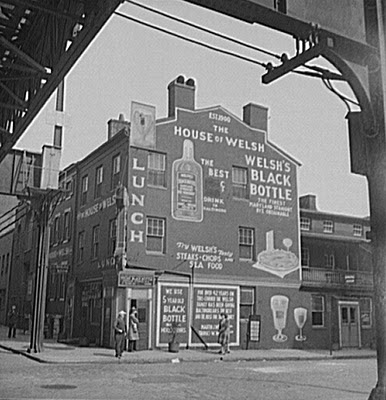MARC Fail
The news from yesterday's stuck MARC train speaks of a "meltdown" and "major failure", which in my opinion is spot on. Yesterday was one of those days that MARC failed, big time; and at all levels. MARC No. 538 left Washington Union Station at 6:20pm, after only about 10 minutes the train shut off and rolled to a stop before even reaching New Carrollton. Fail #1.
With a full load of passengers and no A/C the train sat for nearly two hours on the tracks until a rescue train could take the passengers off. In the meantime there were apparently little instruction or guidance from MARC conductors and operators. Passengers were left to swelter on the train, with little water, until many simply got of the train and mingled by the right-of-way. Fail #2.
MARC did send a rescue locomotive to try to tow the train back into Union Station, but they were unable to get the train's brakes to release. Why? who knows, but I'll label that as Fail #3 anyway.
This was one of those nightmare situations that are common on the MARC system during the hot summer months. The new MPI MP36 locomotives cannot come on line quick enough. The heat plagues the old diesel locomotives, so the electric HHP-8s and AEM-7s are charged with hauling the long double-decker rush hour trains. Unfortunately, the HHPs have been unreliable at best, and although not confirmed, it was an HHP that failed last night, as seen in a Washington Post video.
I've said this on this blog before, and I'll say it again. MARC needs to invest in EMUs for the Penn Line. Diesel locomotives should be relegated to the Camden and Brunswick lines which aren't electrified and normally run shorter trains. The new MP36s could be used to replace the old diesels on those lines. EMUs have the benefit of accelerating faster than the electric-locomotive hauled trains. More importantly, they spread the power and strain necessary to move the train across multiple units. On non-peak runs MARC could put a two-car unit, or a longer train during the rush, so it is more flexible and efficient.
This is how MTA runs its trains in New York and SEPTA in Philadelphia. When was the last time you heard of a catastrophic heat-related failure on those lines?
UPDATE:
MARC management should also be at fault here since they did not properly communicate with the train crew, who then had little to pass on to the passengers. FAIL #4
With a full load of passengers and no A/C the train sat for nearly two hours on the tracks until a rescue train could take the passengers off. In the meantime there were apparently little instruction or guidance from MARC conductors and operators. Passengers were left to swelter on the train, with little water, until many simply got of the train and mingled by the right-of-way. Fail #2.
MARC did send a rescue locomotive to try to tow the train back into Union Station, but they were unable to get the train's brakes to release. Why? who knows, but I'll label that as Fail #3 anyway.
This was one of those nightmare situations that are common on the MARC system during the hot summer months. The new MPI MP36 locomotives cannot come on line quick enough. The heat plagues the old diesel locomotives, so the electric HHP-8s and AEM-7s are charged with hauling the long double-decker rush hour trains. Unfortunately, the HHPs have been unreliable at best, and although not confirmed, it was an HHP that failed last night, as seen in a Washington Post video.
I've said this on this blog before, and I'll say it again. MARC needs to invest in EMUs for the Penn Line. Diesel locomotives should be relegated to the Camden and Brunswick lines which aren't electrified and normally run shorter trains. The new MP36s could be used to replace the old diesels on those lines. EMUs have the benefit of accelerating faster than the electric-locomotive hauled trains. More importantly, they spread the power and strain necessary to move the train across multiple units. On non-peak runs MARC could put a two-car unit, or a longer train during the rush, so it is more flexible and efficient.
This is how MTA runs its trains in New York and SEPTA in Philadelphia. When was the last time you heard of a catastrophic heat-related failure on those lines?
UPDATE:
MARC management should also be at fault here since they did not properly communicate with the train crew, who then had little to pass on to the passengers. FAIL #4



Comments
Post a Comment